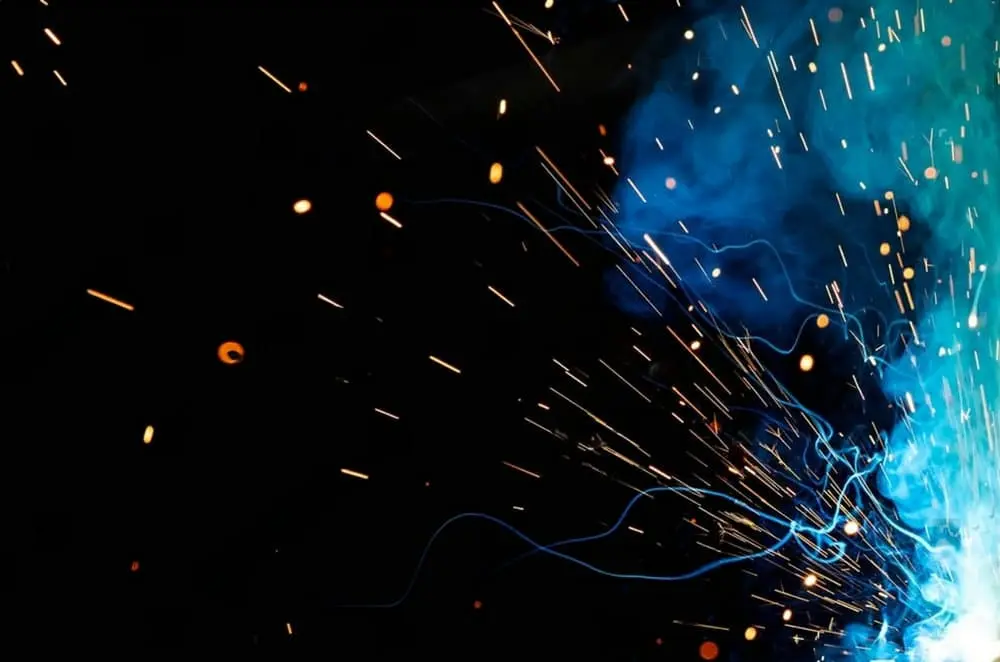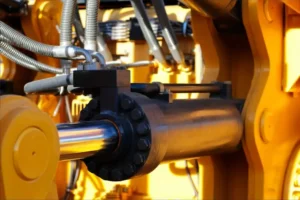
Melting nickel-based alloys in intermediate frequency furnaces demands meticulous attention to prevent common issues such as pores, slag inclusions, and oxidation. The unique properties of nickel-based alloys, including high density and poor fluidity, necessitate specific measures to ensure a high-quality melt.
1. Utilize Newly Baked Furnace Bodies
To mitigate the formation of slag inclusions, it’s advisable to employ newly baked furnace bodies during the production of nickel-based alloys. Fresh furnace linings help maintain alloy composition integrity, reducing the likelihood of slag formation within the melt.
2. Employ Calcium-Aluminum Composite Agents
Before initiating the smelting process, ensure the purity of the alloy melts by introducing a calcium-aluminum composite agent. This agent facilitates the creation of a bottom slag, contributing to the overall cleanliness of the melt and minimizing slag-related issues.
3. Employ Inert Gas Covering
To counteract the absorption of air by the high-temperature liquid metal during the melting process, employ an inert gas cover over the surface of the molten alloy. This practice effectively prevents oxidation and minimizes metal element loss due to burning. بالإضافة إلى ذلك, it enhances the metallurgical quality of the alloy and improves casting outcomes.
By adhering to these best practices, manufacturers can optimize the melting process of nickel-based alloys in intermediate frequency furnaces, ensuring superior quality and consistency in their final products.








